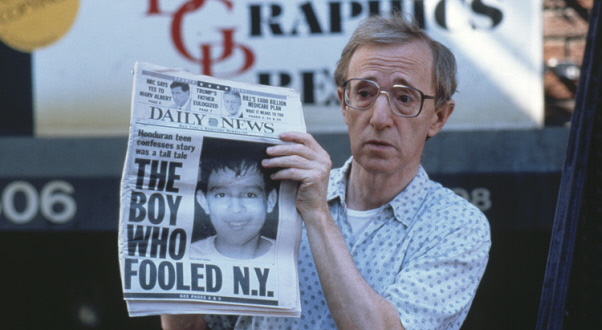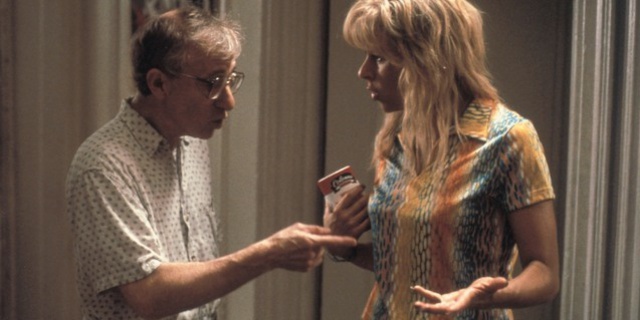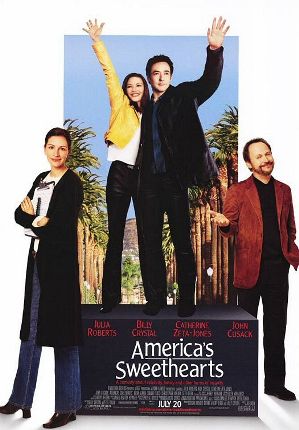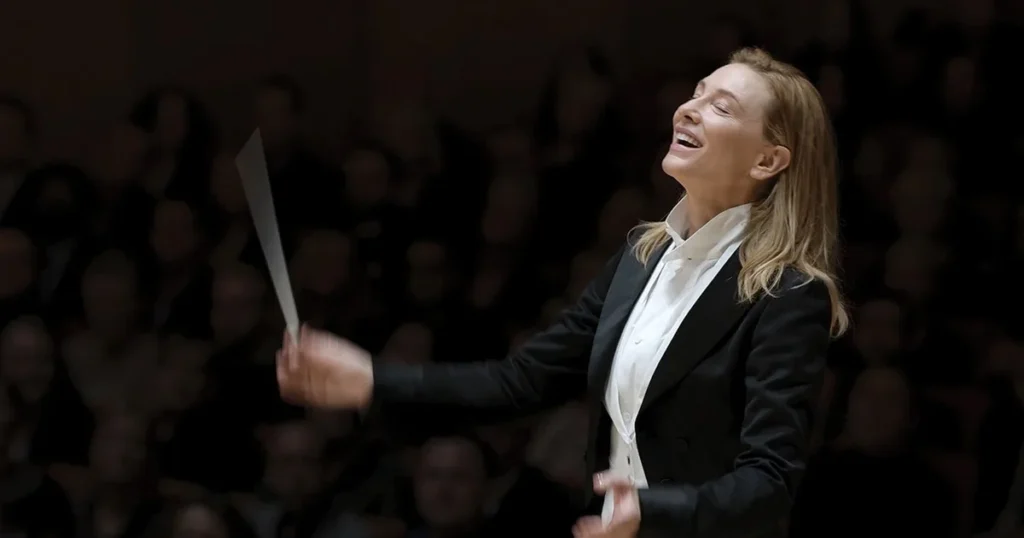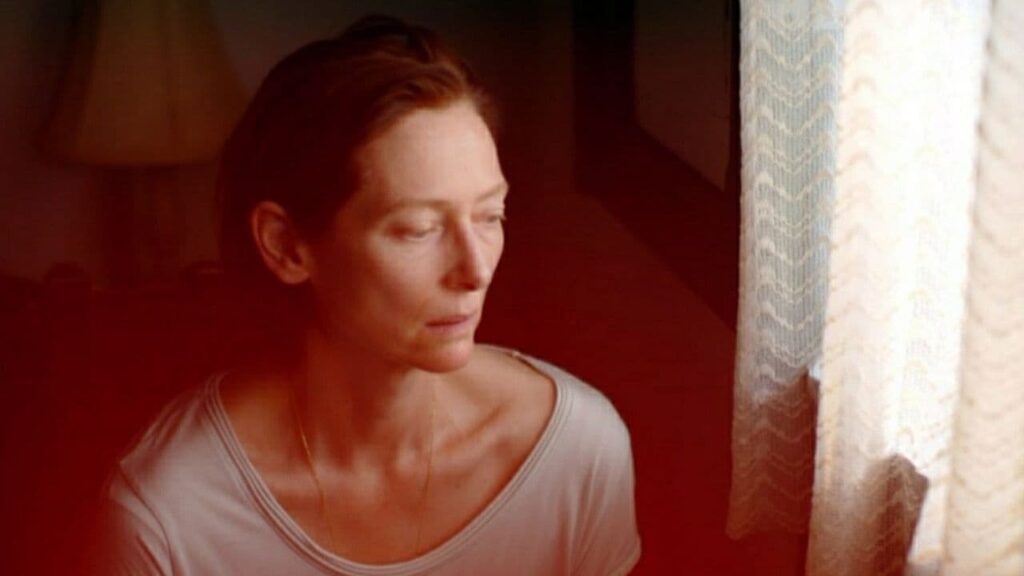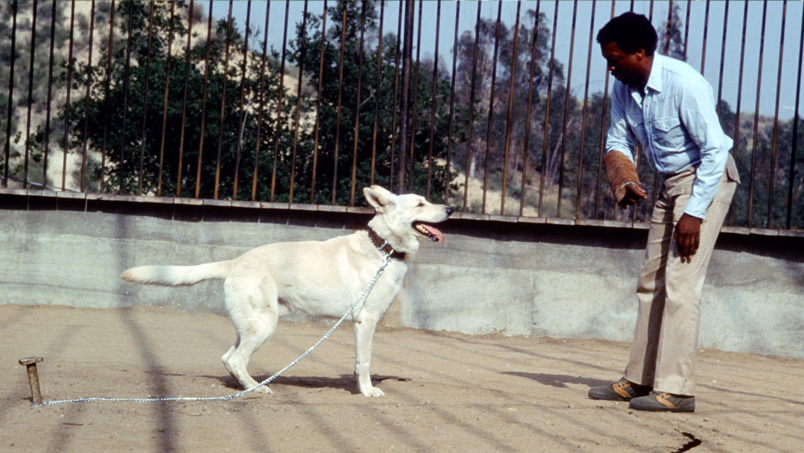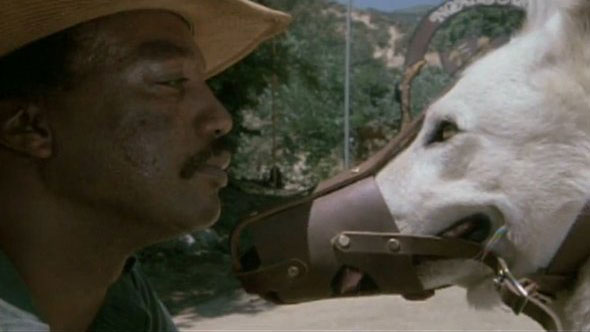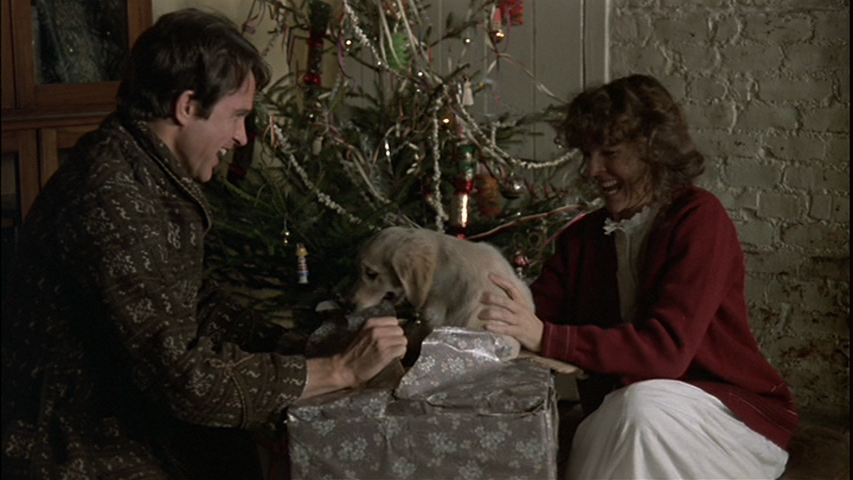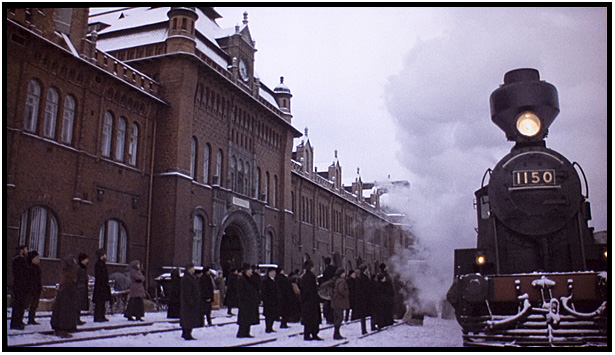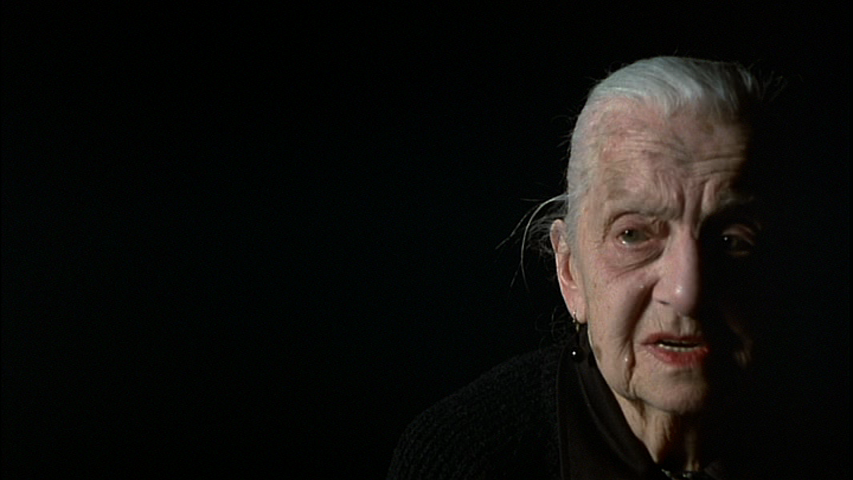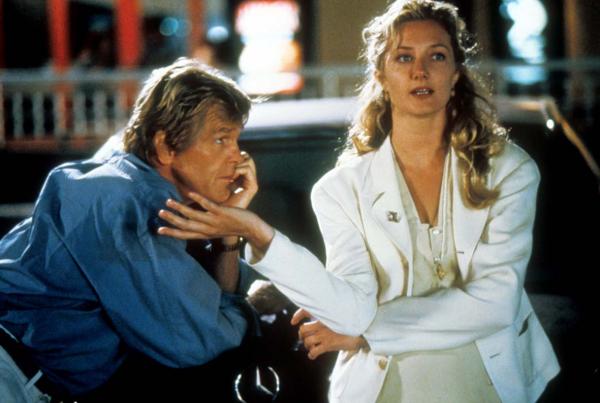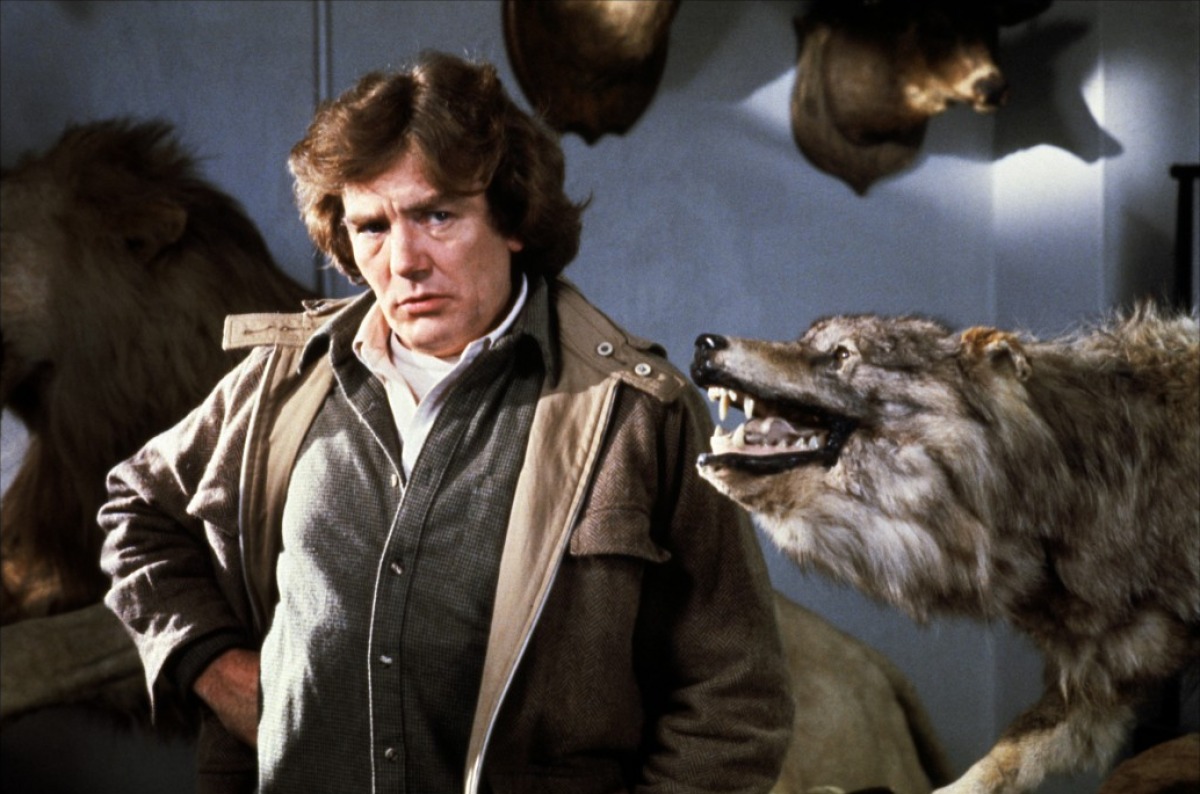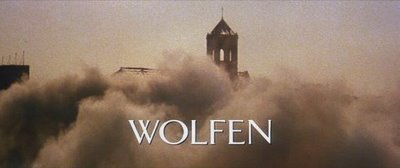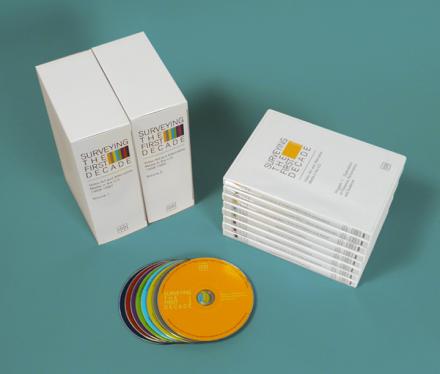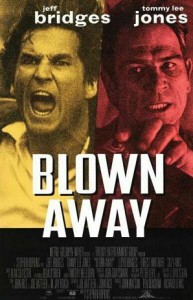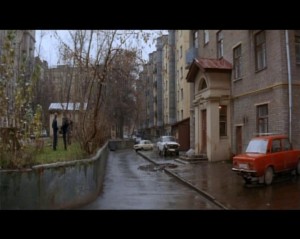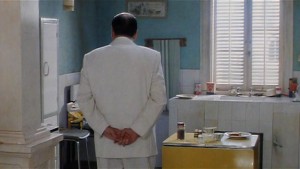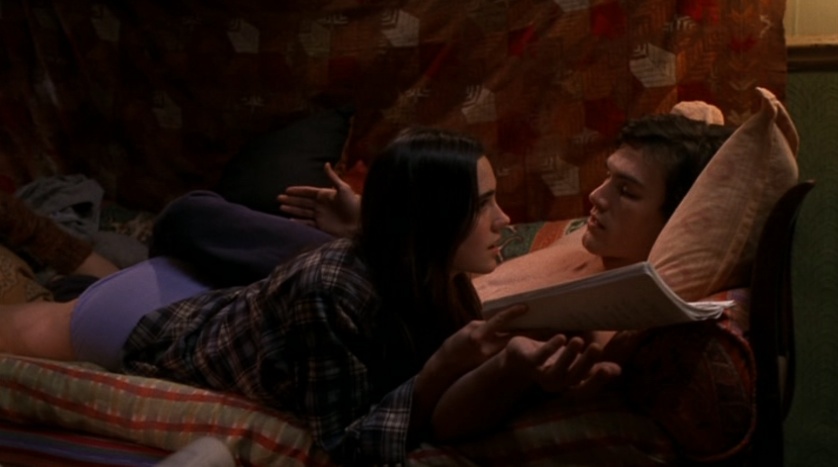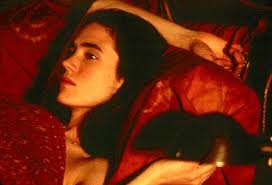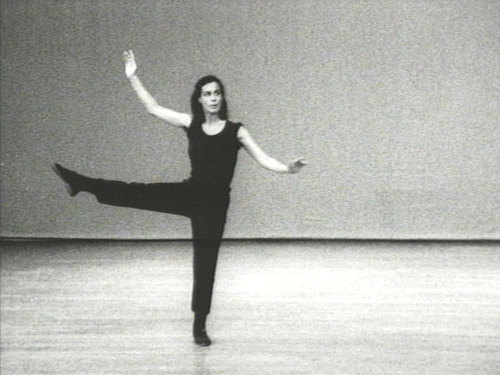From the Chicago Reader (May 19, 2000). — J.R.
Small Time Crooks
Rating ** Worth seeing
Directed and written by Woody Allen
With Allen, Tracey Ullman, Elaine May, Tony Darrow, Hugh Grant, Jon Lovitz, Michael Rapaport, George Grizzard, and Elaine Stritch.
Small Time Crooks is Woody Allen’s 29th feature in 31 years. I don’t think it would be much of an exaggeration to say that all the major developments in his work to date took place during the period around Love and Death (1975) and Annie Hall (1977), when he transformed himself from a gagman with a clunky mise en scene into a fairly graceful filmmaker, and the period around Husbands and Wives (1992), when he bravely discarded grace and went on a brief adventure. It led to the relaxed candor of Manhattan Murder Mystery (1993) and the sour gallows humor of Bullets Over Broadway (1994), before collapsing into the banality and facility of Mighty Aphrodite (1995), with its Whore With a Heart of Gold.
September (1987) was an embarrassment, and other low points, the moments when Allen’s energy and invention flagged the most, include A Midsummer Night’s Sex Comedy (1982), Shadows and Fog (1992), and Celebrity (1998). Small Time Crooks never attains the diffidence of the last three, but at times it comes awfully close. Read more

